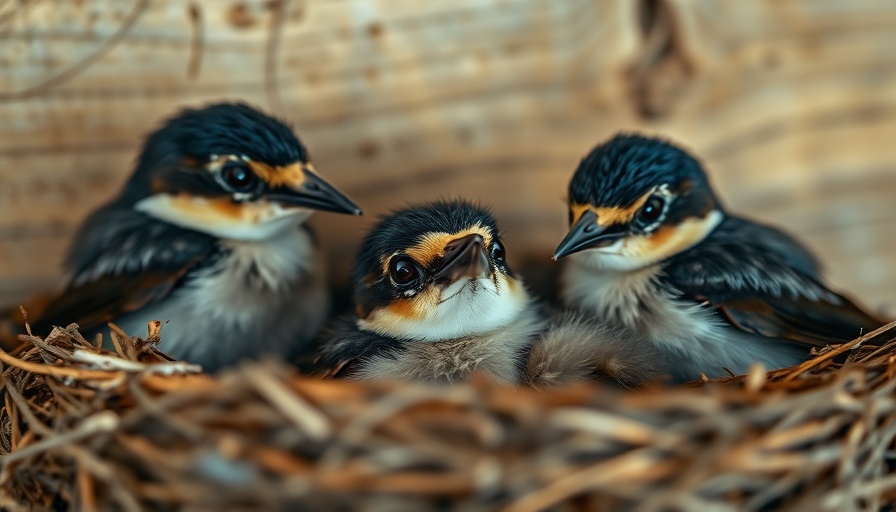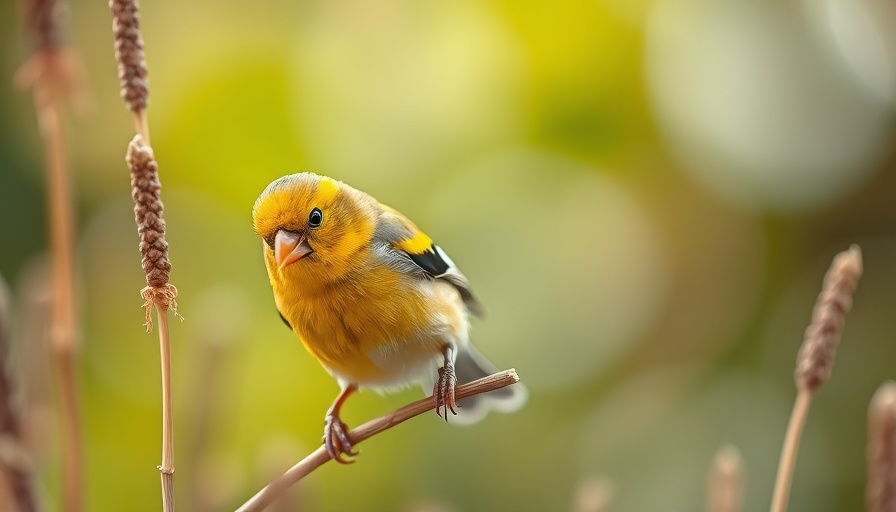
Why Barn Swallows Matter to Our Ecosystem
Barn swallows are more than just beautiful birds; they play a critical role in our ecosystems. These feathered friends help control insect populations, feasting on mosquitoes and flies that can otherwise proliferate. By creating a welcoming environment for barn swallows, we not only enrich our surroundings with their captivating aerial displays but also promote a natural balance in our local ecosystem.
Creating Perfect Nesting Spaces
To support barn swallows in your area, consider building or enhancing nesting sites. These birds prefer structures with open spaces and ledges, like barns, garages, or eaves. By installing nest shelves or simply ensuring that your existing structures are conducive to nesting, you can help boost their population while enjoying the delightful sight and sound these swallows bring to your home.
Encouraging Community Involvement
Engaging your local community in barn swallow conservation can foster a sense of teamwork and environmental stewardship. Schools, neighborhood groups, and local NGOs can rally together for clean-up days that make nesting areas accessible and safer for these birds. Such collaborative efforts not only improve the habitat for barn swallows but also strengthen community bonds around wildlife appreciation.
Embracing a Sustainable Lifestyle
Supporting barn swallows is part of a larger practice of sustainability. By allowing these birds to thrive in our environments, we also enhance biodiversity and create a healthier ecosystem overall. Committing to this cause allows us to contribute positively to our surroundings, promoting a sustainable future where wildlife and humans coexist harmoniously.
 Add Row
Add Row  Add
Add 




Write A Comment